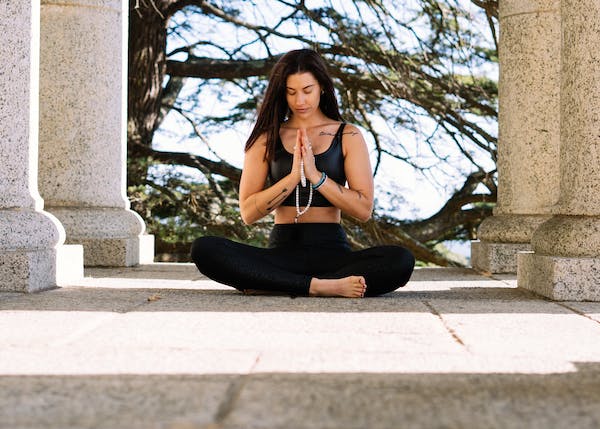-
Mindfulness is the art of being fully present and engaged in the current moment without judgment.
-
Practice mindfulness for stress relief and embrace the present moment without judgment.
-
Engage in mindful breathing, meditation, and gratitude exercises for stress relief.
-
Enjoy benefits such as reduced stress levels, enhanced focus, and improved emotional regulation.

Sometimes in life, situations can make you stressed out, agitated, sad, and anxious. You feel like those awkward moments should turn into mirages.
Stress has become an inevitable part of our lives, but it can become overwhelming if it’s not managed.
Balancing work, personal responsibilities, and social engagements can leave us feeling overwhelmed and mentally exhausted.
In times of despair, and frustration, perhaps from work or meeting deadlines, it’s healthy to facilitate and incorporate mindfulness practices into our daily routines to find solace, embrace, and relief.
Mindfulness grace us to be fully present, appreciate the current moment, and alleviate stress.
We’ll explore what mindfulness is, the way to answer pressure, the benefit of mindfulness, and the ten acts of care for pressure help.
What is Mindfulness?
Mindfulness is the art of being fully present and engaged in the current moment without judgment.
It involves acknowledging your thoughts, feelings, and bodily sensations with acceptance and openness.
By practicing mindfulness, you cultivate self-awareness and gain a deeper understanding of your emotions and reactions.
How to Respond to Stress
Stress is a natural response and reaction to challenging situations, but how we handle it matters the most.
Instead of letting stress consume you, and letting your emotions rule you out, try these effective ways to respond positively:
-
Identify Triggers: In responding to stress, the first thing to do is to recognize the situations or thoughts that trigger stress and make a conscious effort to address them.
-
Breathing: Subsequent to perceiving the trigger, take full breaths to quiet your sensory system and take center back to the current second.
-
Physical Activity: Engage in regular exercise or physical activity to release endorphins, which are natural stress relievers.
-
Time Management: Prioritize tasks, set realistic goals, and manage your time effectively to reduce unnecessary stress.
-
Social Support: Share your feelings with friends, family, or colleagues to gain support and different perspectives.
-
Limit Caffeine and Sugar: Excessive caffeine and sugar intake can exacerbate stress; try to moderate your consumption.
Benefits of Mindfulness
Integrating mindfulness into your daily life can yield various benefits that improve your overall well-being.
Here are some benefits of practicing mindfulness:
-
Stress Reduction: Mindfulness reduces stress by encouraging relaxation and acceptance of difficult situations.
-
Enhanced Focus and Concentration: Mindfulness increases concentration and decision-making abilities by requiring you to be totally present.
-
Emotional Regulation: Mindfulness enhances emotional intelligence, allowing you to respond to emotions in a balanced manner.
-
Improved Relationships: Being mindful fosters better communication and empathy, leading to stronger connections with others.
-
Better Sleep: Practicing mindfulness can alleviate insomnia and improve the quality of your sleep.
-
Increased Productivity: By reducing distractions, mindfulness enhances productivity and efficiency.





